The first person in space was a Russian cosmonaut named Yuri Gagarin who completed a single orbit of the Earth on the 12th April 1961 onboard Vostock 1. Yuri's spaceflight lasted 1 hour 48 minutes.
The second person in space was Alan Shepard, Jr on May 5th 1961 aboard Mercury-Redstone 3. Less than 10 years later the American Apollo 11 crew walked on the Moon!!
This activity is part of my Around the World in 50 Experiments series for Russia. To celebrate the amazing achievement of getting the first man into space you can make and launch your own rocket!
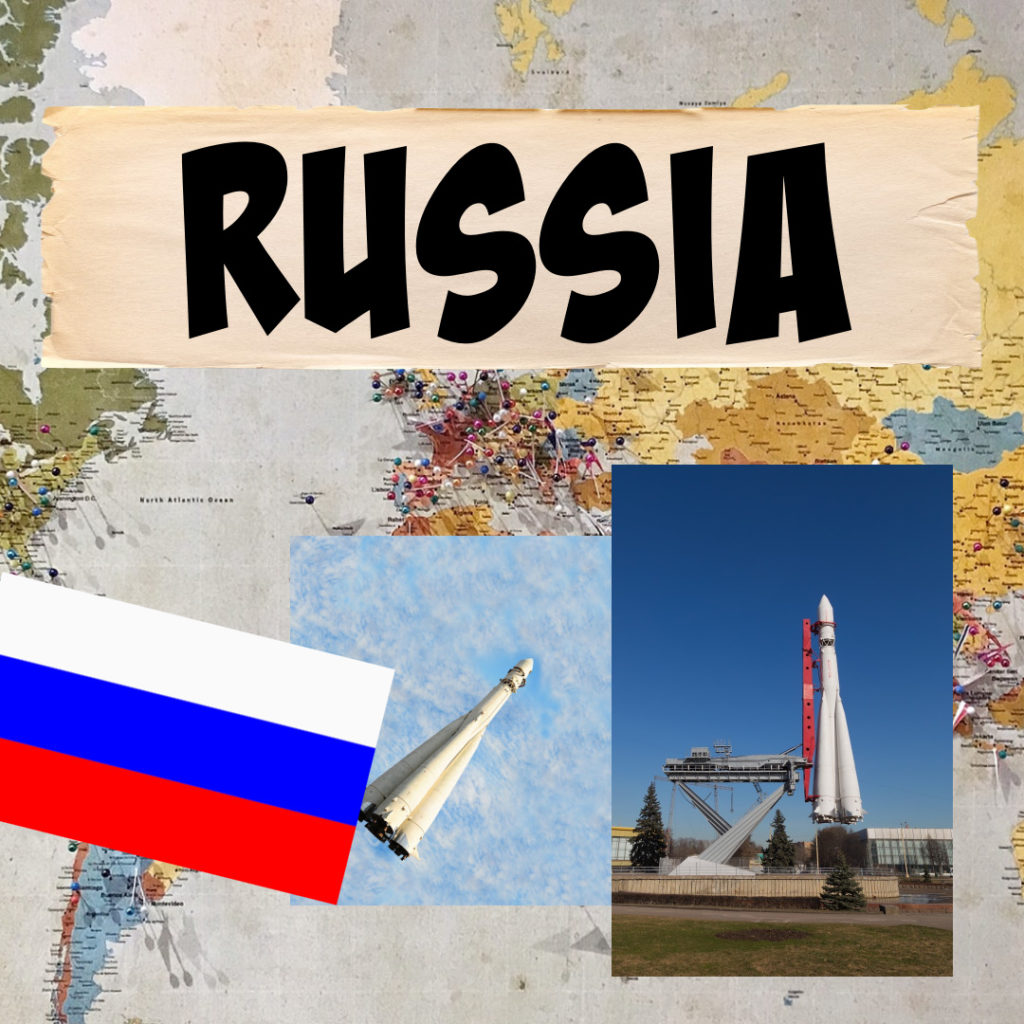
Homemade Mini Rocket
You can make your own rocket using a bottle, straws and baking soda and vinegar!
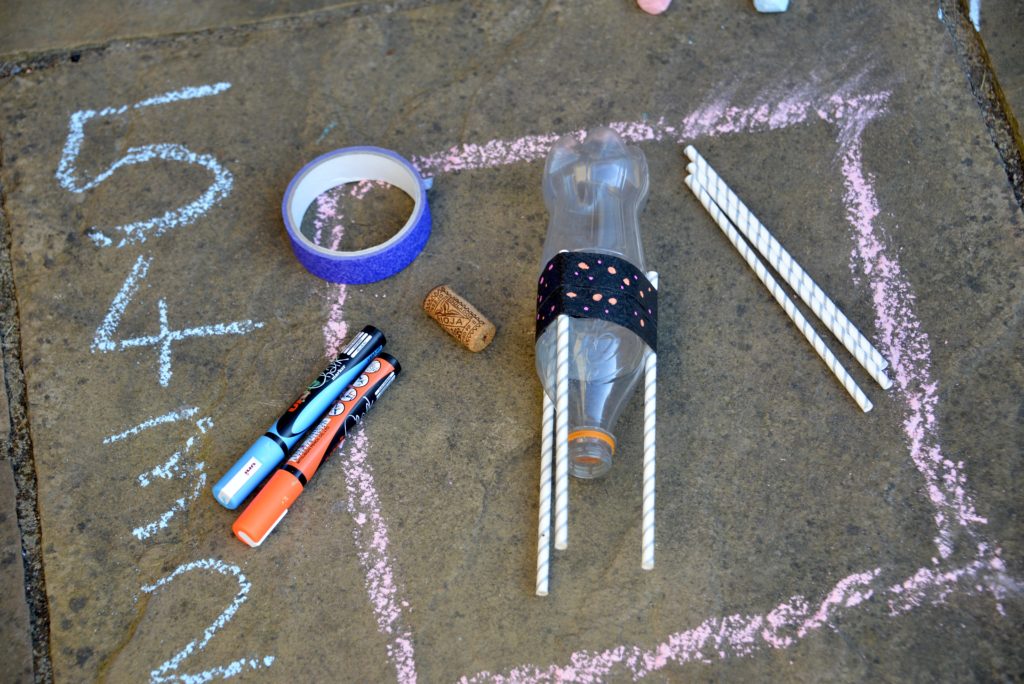
To make your own rocket you'll need
Empty 500ml bottle
Cork which fits tightly inside the bottle neck
Half a piece of kitchen roll
1 bicarbonate of soda ( Baking Soda )
Vinegar
3 Straws
Tape
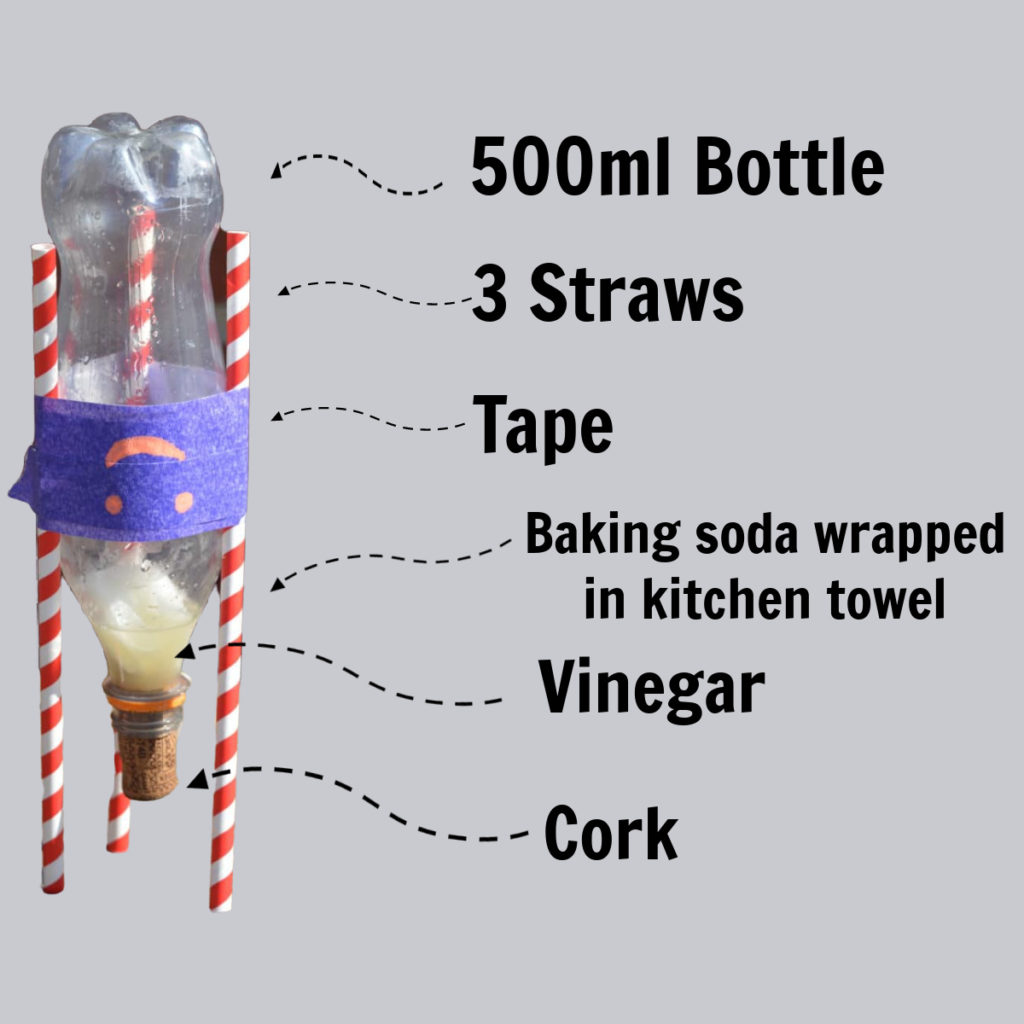
How to make a baking soda rocket
Attach the 3 straws to the side of the bottle using tape so it stands up, upside down.
Pour about 2 cm of vinegar into the bottle.
Wrap the baking soda up in the kitchen roll to make a little parcel.
Choose a launch site outside. It needs to be on a hard surface with space all around.
When you’re ready to launch, drop the baking soda parcel into the bottle, quickly add the cork, put the rocket down and stand back!
Warning – make sure you have a clear empty space and keep observer well back from the launch site as the rocket shoots up very quickly.
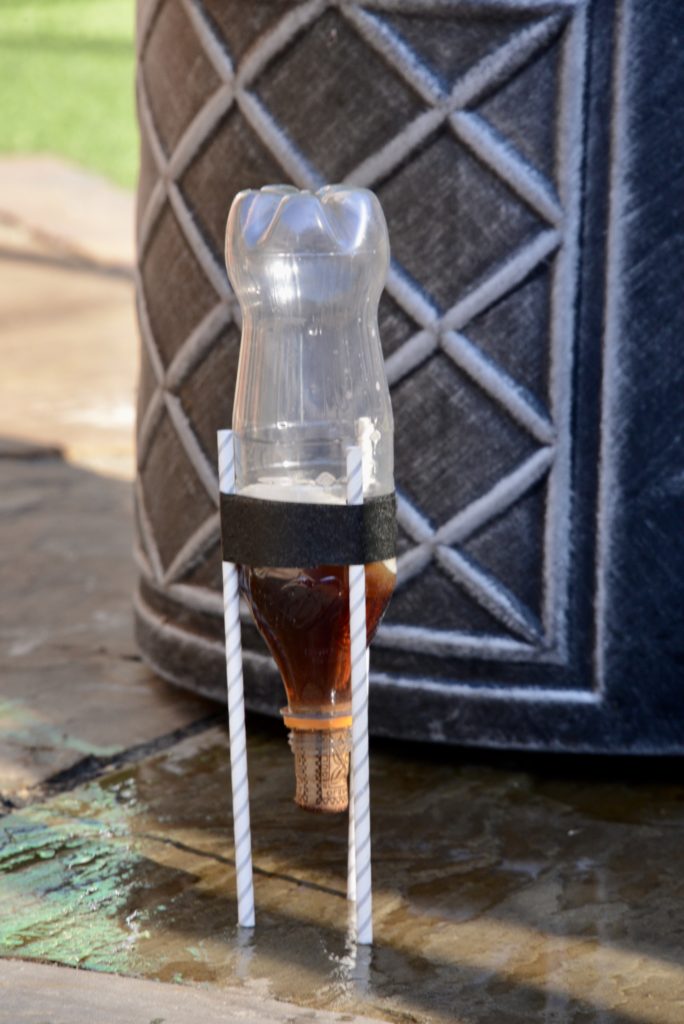
If you want to make a bigger and better rocket, a water powered bottle rocket is a great step up. You'll need a big landing site though!
Make an Model of the Earth, Moon and Sun
Yuri Gagarin completed an orbit of the Earth during his historical trip. You can make a very simple model to demonstrate how the Sun, Earth and Moon orbit each other.
This is made using card and split pins to allow movement!
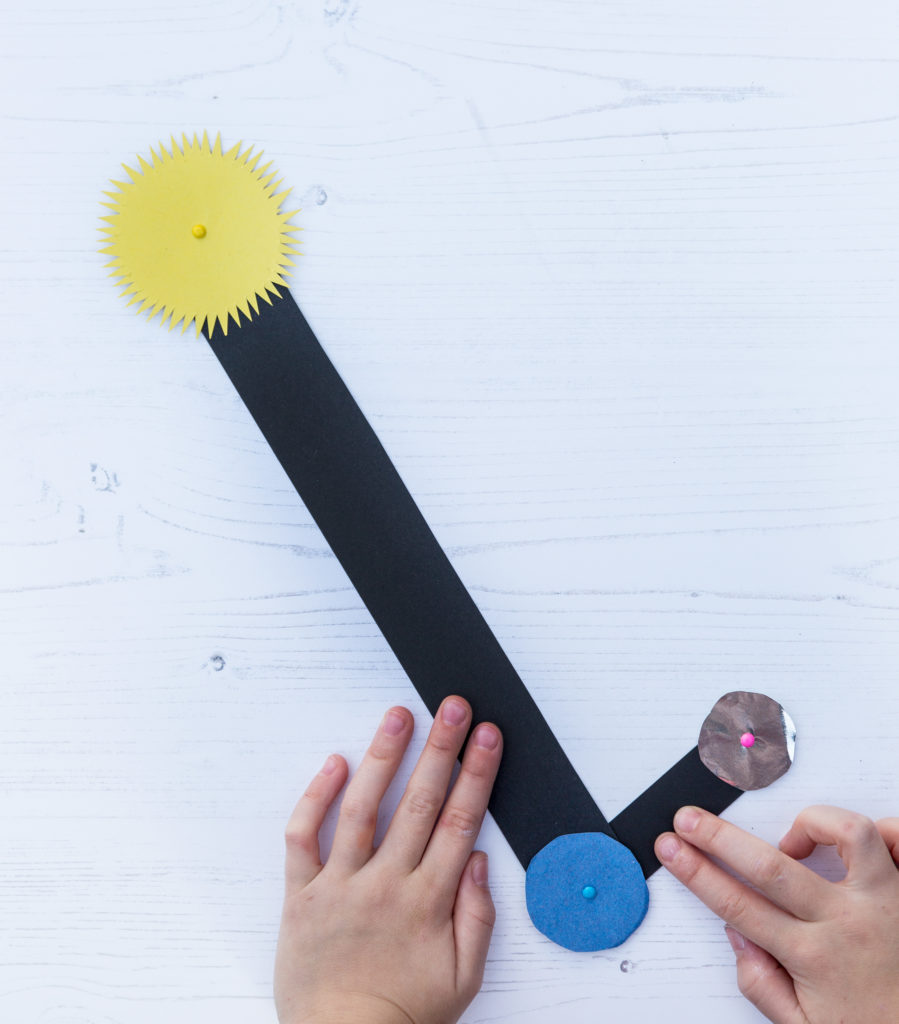
Image and activity taken from This IS Rocket Science
Russian Space Flight Facts
The first artificial Earth satellite ( Sputnik 1 ) was launched by the then U.S.S.R on October 4th, 1957.
Shorty after that on November 3rd, 1957 Sputnik 2 carried a dog into space for the first time!
Luna 2 was the first spacecraft to land on the Moon in 1959.
The first woman in space was Valentina Tereshkova onboard Vostock 6 in 1963.
Yuri Gagarin's space flight came 58 years after the Wright Brother's first powered flight!
Facts about Russia
The coldest permanently inhabited village in the world is in Russia. Oymyakonskiy's subarctic climate means the ground is always frozen ( permafrost ) and the average temperature is below freezing for 7 months of the year!
Russia is the biggest country in the world!
The longest river in Europe, Volga, is in Russia.
Russia is home to Mt Elbrus, which is the tallest mountain in Europe.
References - https://www.britannica.com/science/space-exploration/Major-milestones
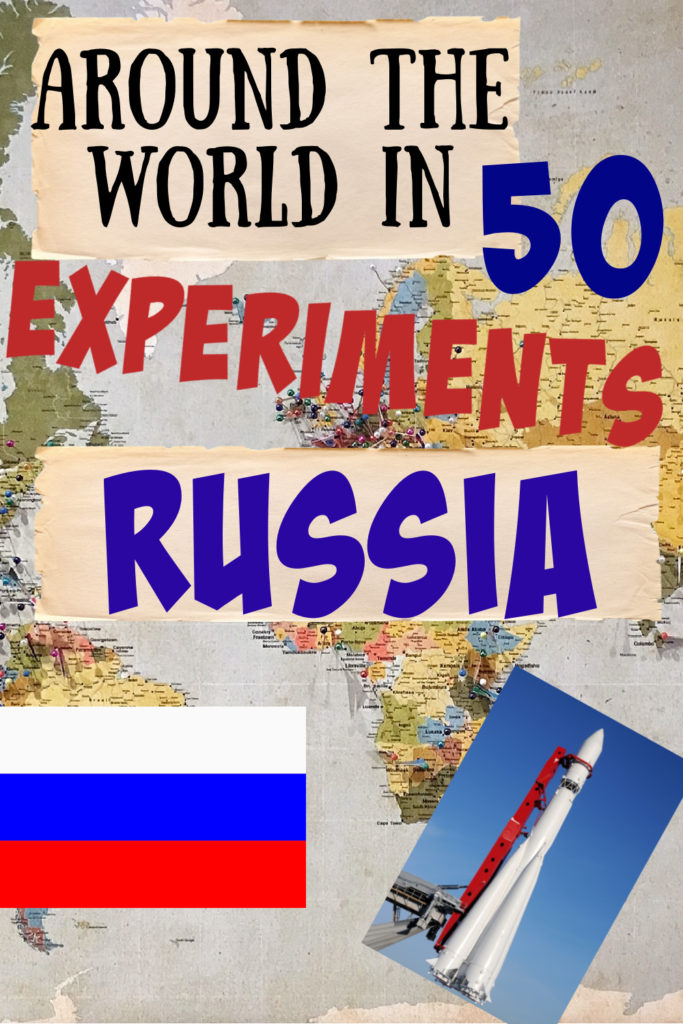
Last Updated on August 9, 2022 by Emma Vanstone
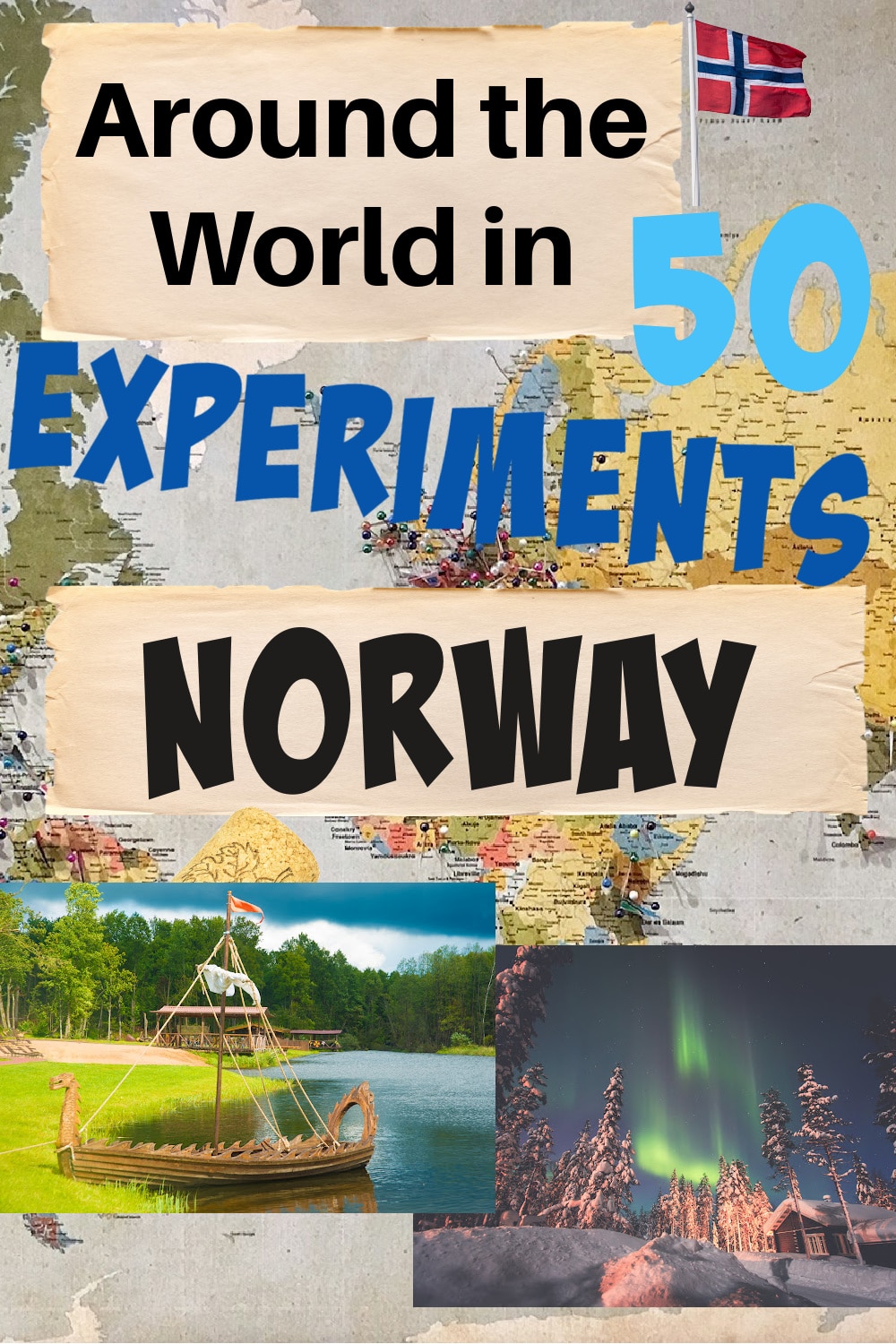
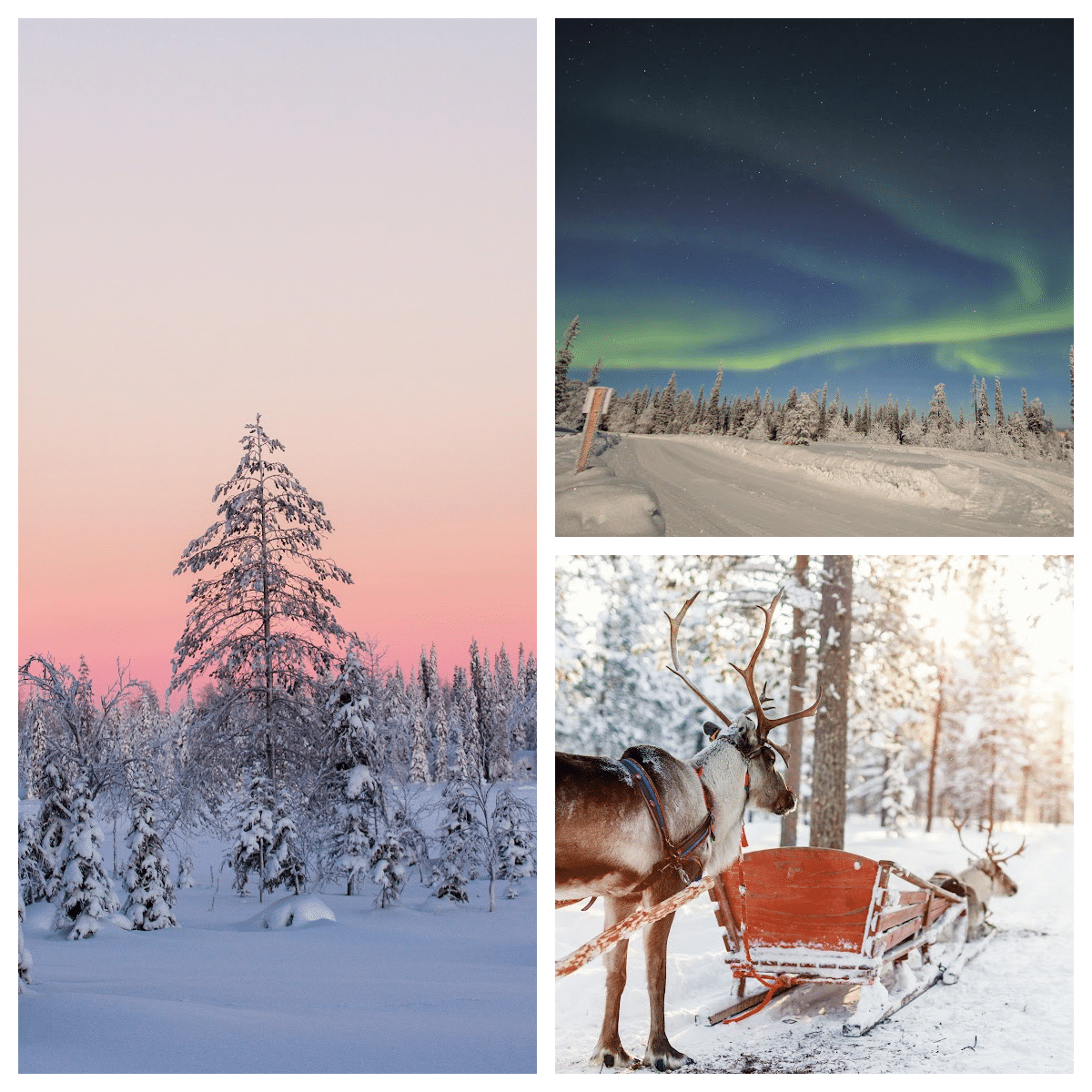
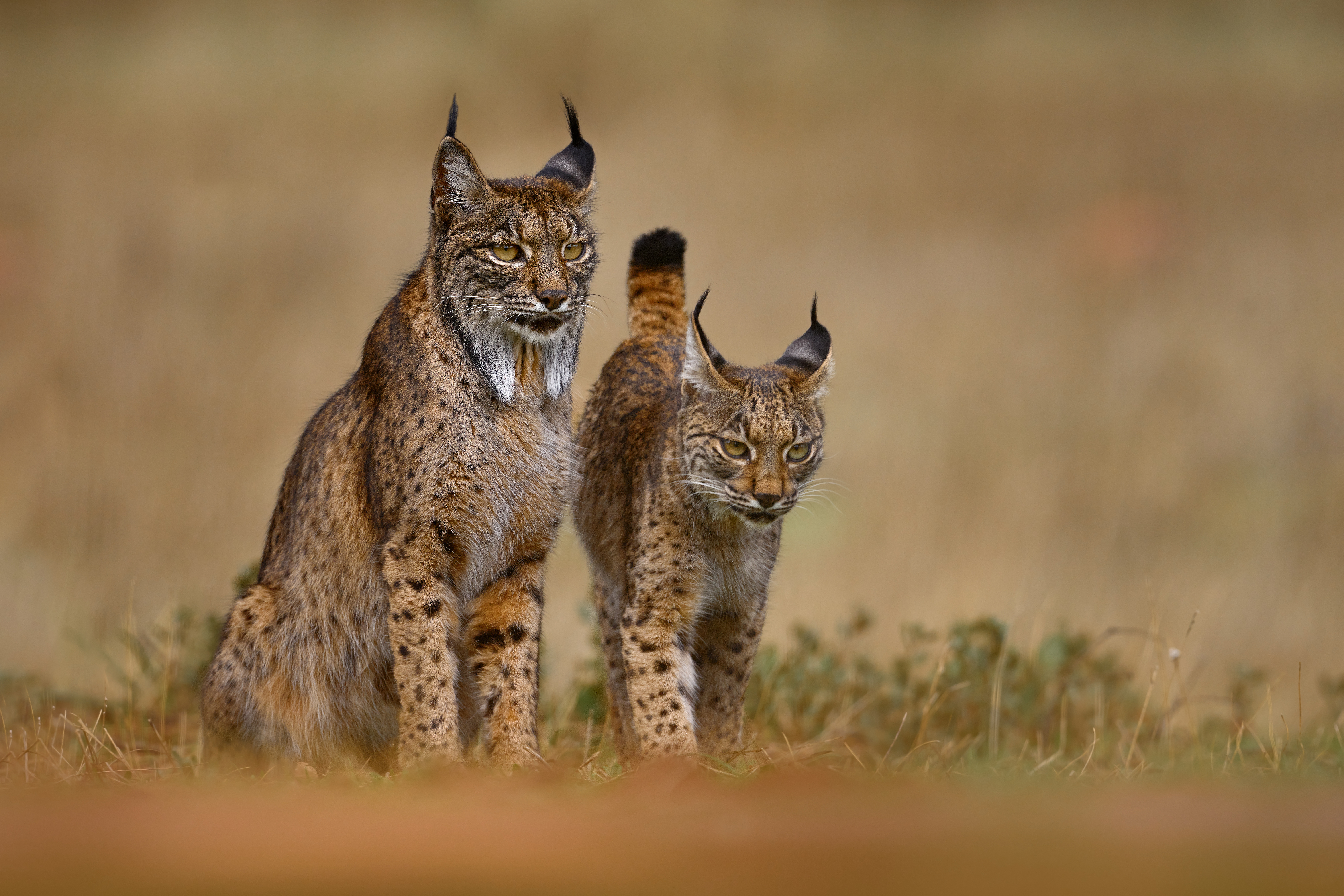
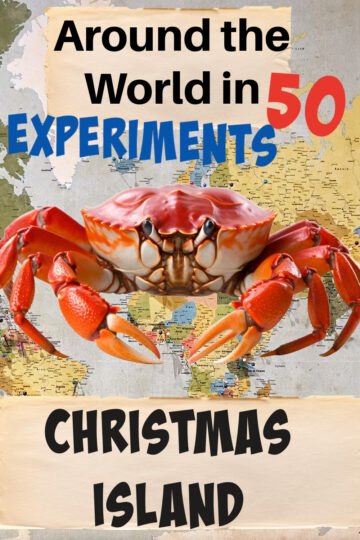
Leave a Reply